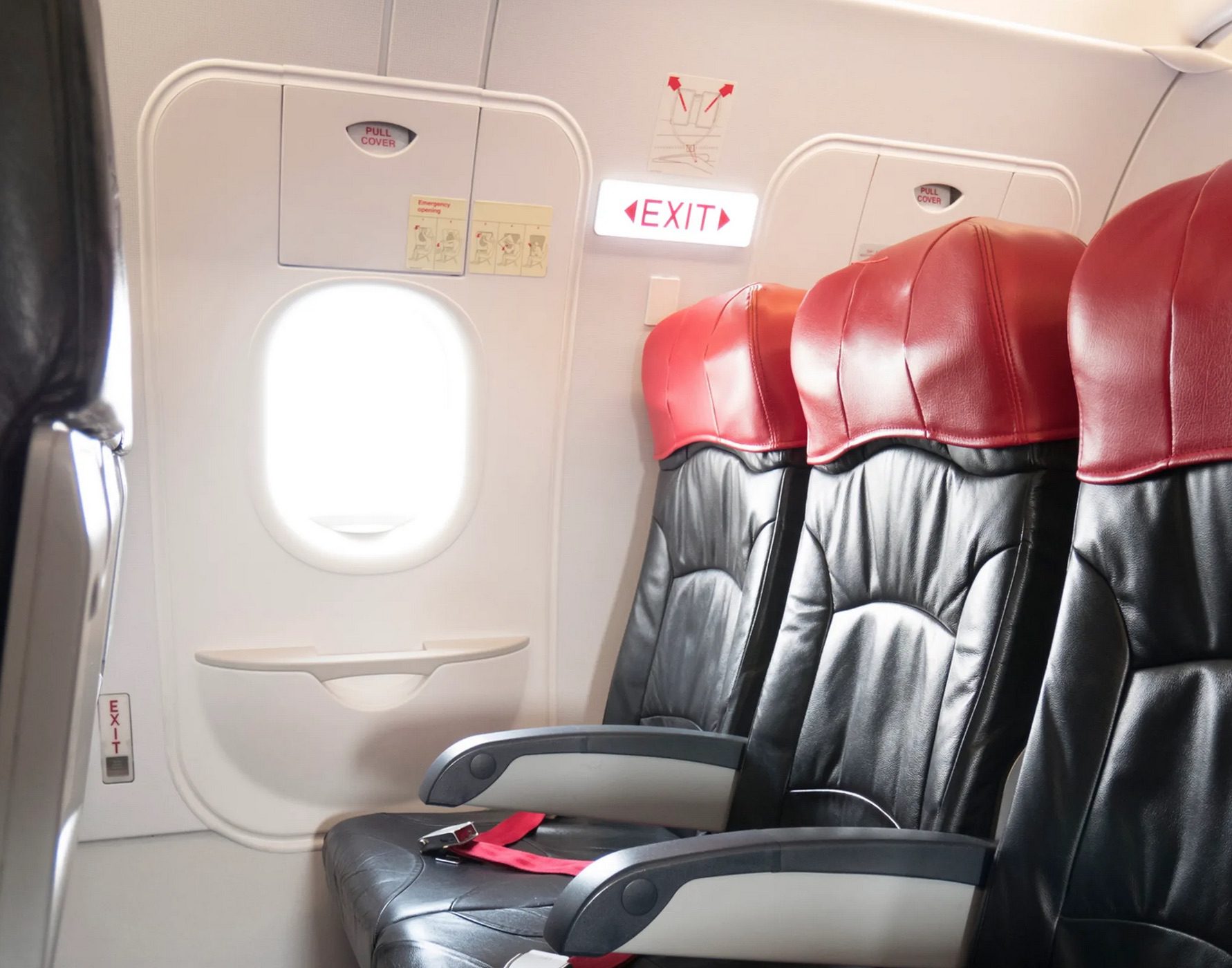
The Coveted Exit Row
Two metrics we utilize to measure comparative aircraft efficiency are cost per seat or cost per seat mile. Both require knowing aircraft seating capacity. In that regard, the trend has been for more seats, rather than fewer for single-aisle aircraft. Seat layouts are changing, and if you are feeling that aircraft accommodations have become more space-constrained, you are probably correct for the most common single-aisle models, the Boeing 737 and Airbus A320 families.
What’s the easiest way to increase fuel economy and carbon performance measures per passenger? The answer is to put more seats on the airplane to reduce per-passenger consumption. Seat layouts are changing, particularly for shorter-haul domestic services.








